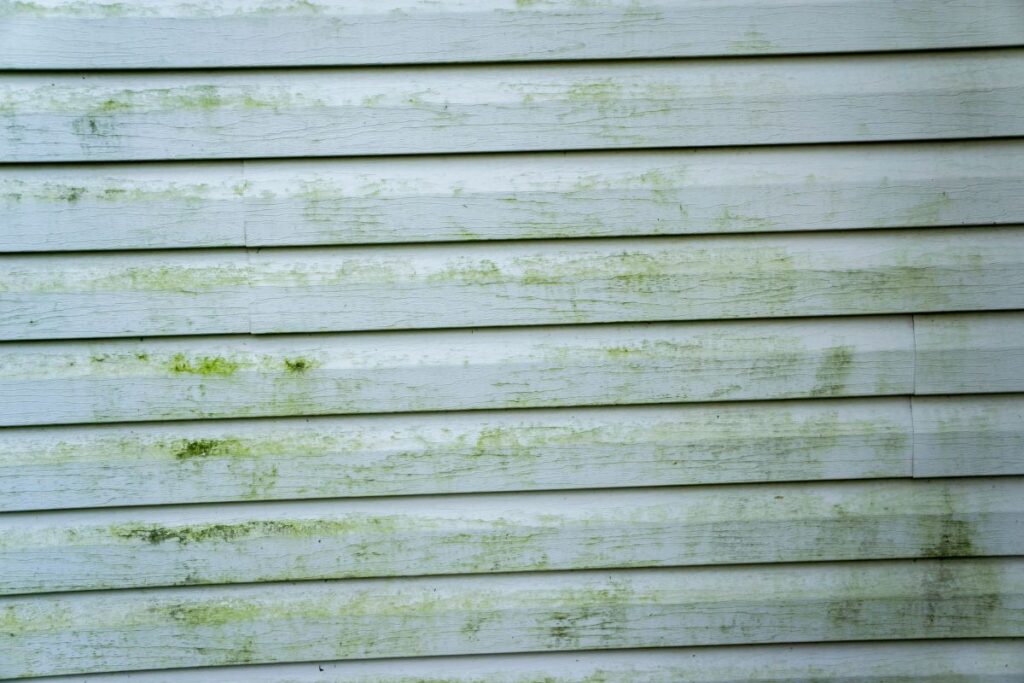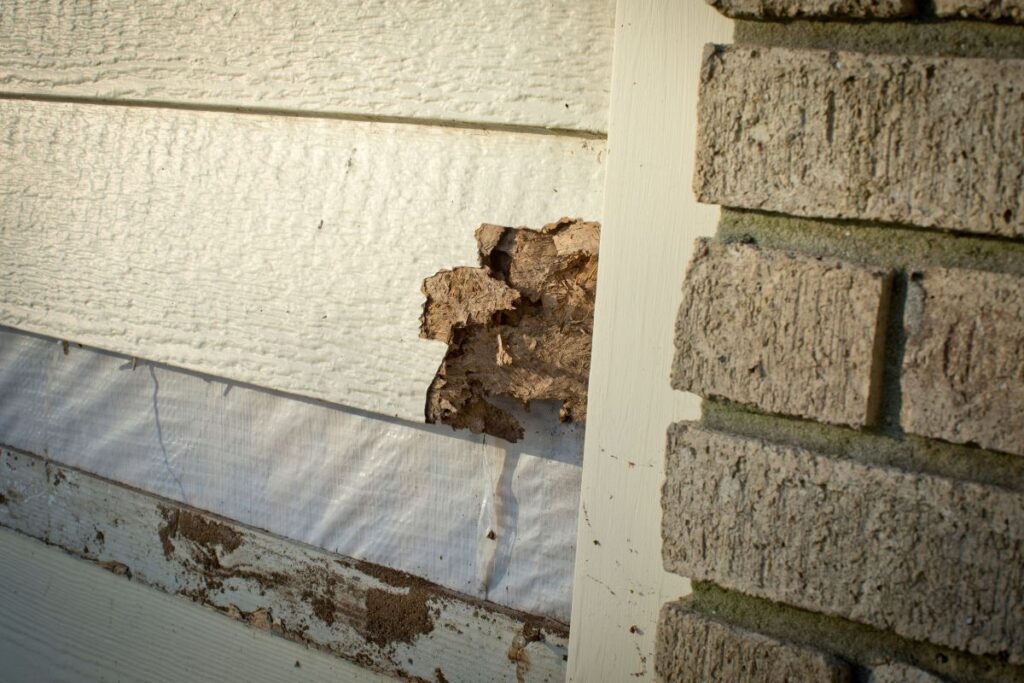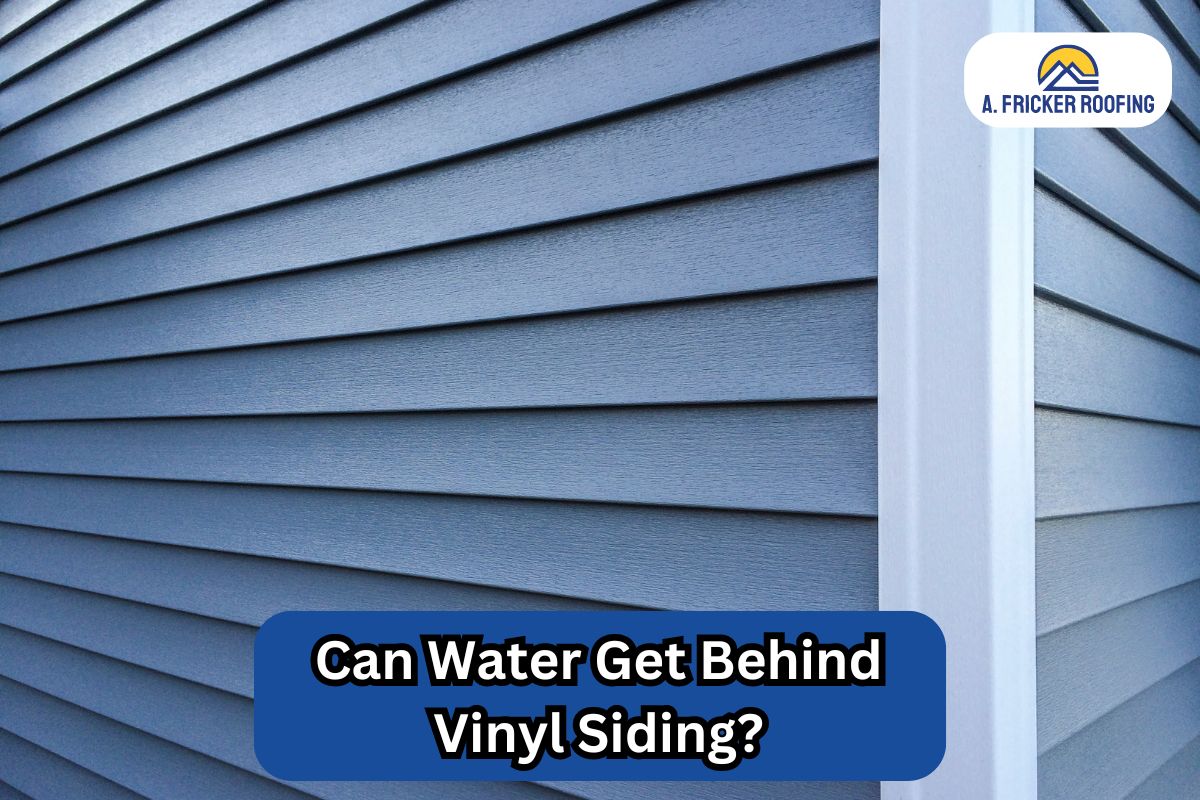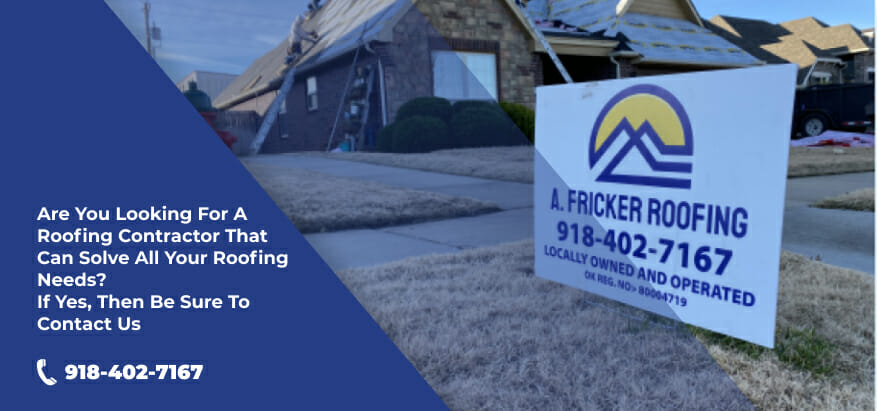Vinyl siding is one of the most sought-after siding options available on the market. This siding is very affordable, offers good durability, and is available in endless color options. But like other siding materials, vinyl has some concerns too.
On top of these issues is water damage. Though it does fare well against moisture, vinyl siding isn’t completely impervious to damage. So, can water get behind vinyl siding? It’s a fair question, and understanding the answer is essential for keeping your home in the best shape. The short answer is, yes, it can, and there are a few reasons why moisture might sneak its way behind the panels.
How Does Water Get Behind Your Vinyl Siding Panels?
With Oklahoma’s rain-prone conditions, water can get behind your siding. But don’t panic! Knowing the hows and whys can help you take preventive measures and keep your home safe from water damage.
Incorrect Siding Installation
One of the most common reasons why your vinyl siding let’s in water is because of improper installation. If the house siding isn’t installed correctly, gaps and spaces can form, allowing water to get behind it. This might happen if the panels are too loose, not overlapped correctly, or if there are missing pieces. Even the best vinyl siding can be compromised if it’s not put up correctly.
Weathering/Wear and Tear
Over time, vinyl siding can suffer from wear and tear. Things like hail, flying debris during storms, or even just age can create cracks or holes in the panels. Also if there is a heavy rain and it continues for hours, water can easily find its way behind your siding.
Clogged Gutters and Downspouts
Another major factor is clogged gutters. When gutters are blocked, water can overflow and run down the walls of your home, eventually finding its way behind the siding. Regularly cleaning your gutters can help prevent this issue.
Improperly Sealed Seams and Joints
Vinyl siding is made up of multiple panels that fit together at seams and joints. If these connections are not sealed correctly, they can become entry points for water. It’s essential to ensure these areas are well sealed during installation.
What Happens If Water Gets Behind Vinyl Siding?
While water getting behind your siding isn’t always a huge cause for concern, if left unresolved, it can lead to some serious issues. Here’s what you might expect:
Mold and Mildew Growth

When water lingers behind your siding, it creates the perfect environment for mold and mildew to thrive. Not only is it unsightly, but mold can cause health issues, especially for people with allergies or respiratory conditions. If mold grows unnoticed, it can spread into the structure of your home, making it much harder (and more expensive) to remove.
Rotting Wood

If water has direct access to the wooden framework of your home, rot can set in. Over time, this can weaken the structural integrity of your house, leading to costly repairs. By the time you see signs of water damage inside your home, like peeling paint or stained walls, the problem might already be widespread.
Insect Infestations

Damp wood is a magnet for pests like termites and carpenter ants. These pesky bugs thrive in environments that are dark and filled with moisture. When the water gets inside the siding, it tends to attract tiny pests. These chew through weakened wood, and once they get into the home, they can do a lot of damage. And since they are under your siding, it is often very difficult to get rid of them.
What to Do If Water Gets Behind Your Vinyl Siding?
If you suspect or know that water has gotten behind your siding, the first step is to identify the source of the problem. You may need to remove a section of the siding to see what’s going on underneath. If the issue is minor, like a small gap or a bit of loose caulking, you might be able to handle the fix yourself. But for larger issues, or if you find signs of rot or mold, it’s best to call in a professional.
How to Spot Water Damage Behind Vinyl Siding
You might be wondering how to tell if you already have water behind your siding. It’s not always obvious, but there are a few signs to look out for:
- Discoloration or Stains on the Siding: If you notice streaks or stains on the exterior of your siding, it might be a sign that water is getting trapped behind it.
- Peeling Paint: Keep an eye out for any peeling wallpaper or flaking paint on your interior walls. These seemingly minor issues can be telltale signs of moisture seeping through your siding and affecting your home’s interior,
- Moldy Smell or Visible Mold: Any musty or moldy smell coming from your walls or attic can indicate moisture problems.
- Warped or Bubbling Siding: Vinyl siding panels should lie flat against your home. If you see any sections starting to warp, bubble, or bulge, this is a clear sign of water intrusion under your siding.
How to Prevent Water from Getting Behind Vinyl Siding
Fortunately, there are plenty of ways to keep water out from behind your siding. Here are a few preventive measures you can take:
Ensure Proper Installation
We’ve said it before, and we’ll say it again—proper installation is key. Make sure your vinyl siding is installed by a professional who knows how to leave the right amount of space for expansion and contraction. A good installer will also ensure the house wrap is in place and that all edges around windows, doors, and rooflines are properly sealed.
Inspect Caulking and Flashing
It’s a good idea to regularly inspect the areas around your windows, doors, and other openings for any signs of failing caulk or flashing. Look for gaps, cracks, or missing pieces, and fix them as soon as possible. A small repair now can prevent a much bigger problem later.
Also Read: Which Is The Best Vinyl Siding Cleaner?
Immediately Address Signs Of Damage
If you notice any cracks, chips, or loose panels in your vinyl siding, don’t ignore them. Even small damage can let water in, and the longer you wait to fix it, the more likely it is that water will get trapped behind the siding.
Improve Drainage Around Your Home
Make sure the ground slopes away from your home and that your gutters and downspouts are in good working condition. Water should be directed at least a few feet away from your foundation to prevent it from seeping into the siding or basement.
Also Read: Which Vinyl Siding Brands Made The Cut?
Trust Tulsa’s Premier Siding Installers
With the right installation and regular maintenance, your vinyl siding will handle moisture without issue. However, if you neglect repairs or fail to spot early signs of water intrusion, it can lead to significant damage over time, including mold, wood rot, and structural problems.
Don’t leave your home at risk. If you suspect water has found its way behind your siding or if you simply want a professional inspection, contact A. Fricker Roofing and Waterproofing today at (918) 402-7167. We’re here to provide siding repairs, maintenance, and peace of mind you need to keep your home protected for years to come.

